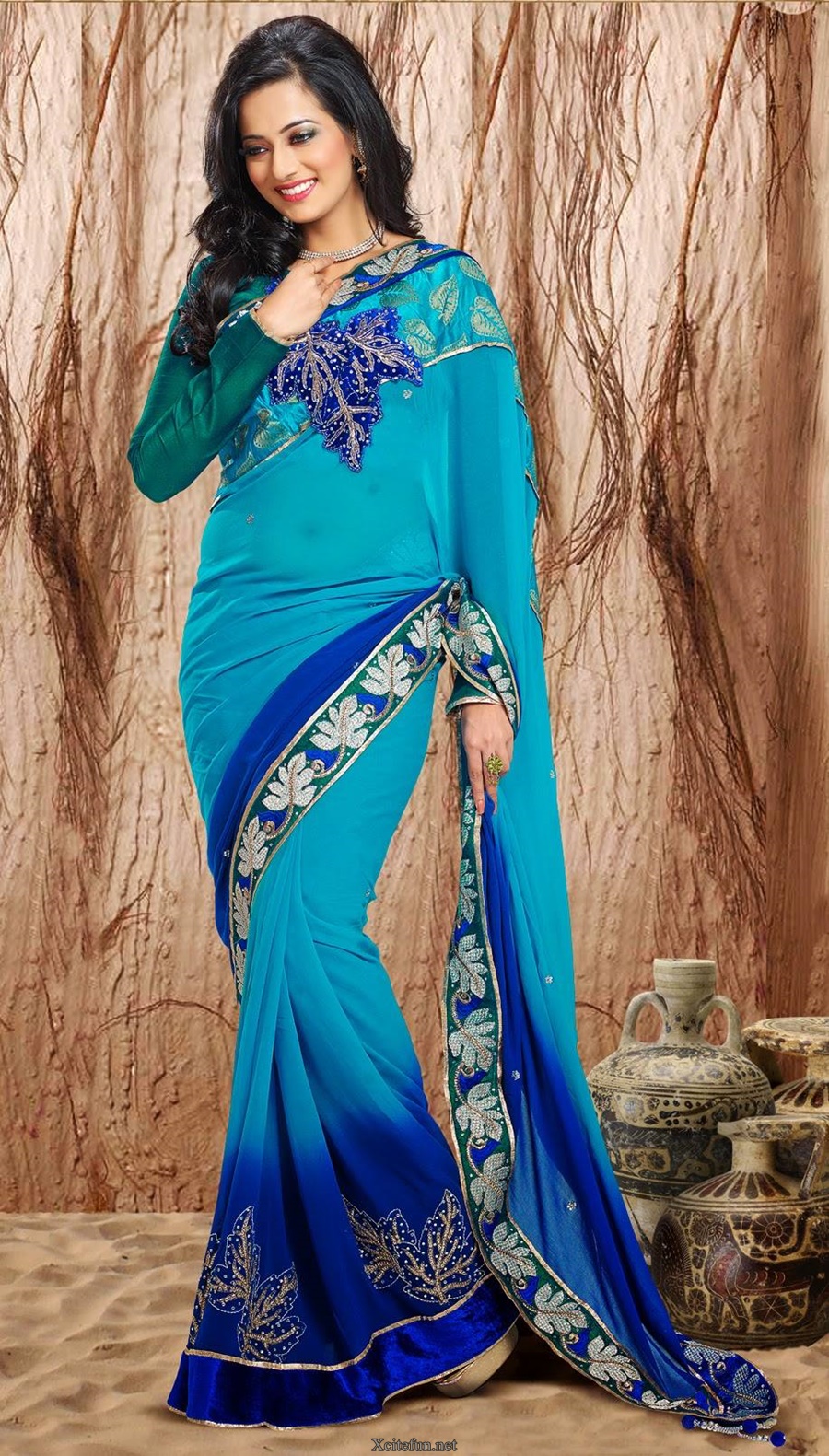
While Instagram introduced clickable ads via its “carousel” platform back in March, brands are hoping that a more direct path to purchase (a “shop now” button, or a click to buy capability) will eventually be introduced.

That means that Instagram’s biggest problem - no direct path to commerce - isn’t really much of a problem at all. One reason, according to de Jocas, is that product lines in beauty are relatively the same season-to-season, so brands have a nice reserve of user-generated photos they can pick from. And 40 percent of all brands that stream user-generated content onto Instagram are beauty brands. Its followers there have grown 80 percent in the last year, while Facebook likes have grown only 8 percent. For example, Christian Louboutin in January launched #louboutinworld, a photo gallery displayed on its homepage that goes directly to its Instagram page. High-end fashion brands are among the prolific on Instagram. “A lot of brands have been priced out, so the brands on there are luxury and aspirational,” said Garett Levy, a research analyst at L2. Instagram’s higher ad rates may also be at play: buyers say Instagram costs between $100,000 and $500,000 for a monthly ad buy. In fact, there was no negative correlation between how many people follow a brand and how many people engage with it. L2 found that for brands with more than 500,000 followers, reaching people is really hard. One other reason brands prefer Instagram to Facebook is that the bigger a brand gets on Facebook, the less its reach becomes. About 46 percent of brands say they do or plan to pay money to get on Instagram in the next 12 months - the highest rate of growth compared with other platforms. While Facebook still attracts the lion’s share of paid advertising (82 percent of marketers surveyed by Forrester say they currently pay for ads on the site), brands are increasingly flocking to Instagram. “It’s easier to get people to connect to us on Instagram, especially if we can literally speak their language,” said Allwood.ĭe Jocas said that as teenagers and younger millennials have fled Facebook, they’ve migrated over to Instagram.
#BEAUTY FASHION LOVE SKIN#
In Asia, it might focus more on skin tints. So if mascara is huge in the U.S., the feed here will reflect that.

Many, like Benefit, have adopted a regionalization policy. “When we’re looking at the scale and platform stickiness of Instagram versus Pinterest or Tumblr, Instagram has really taken off,” said Claude de Jocas, intelligence group director at L2.īecause 70 percent of Instagram users are outside the U.S., global brands also do better on the platform. For beauty, it’s the same story: Beauty brands are posting about seven times a week today, up from about five times at the same time last year. Standouts, according to L2, include Chanel, which joined the platform in October 2014 and amassed a following of 1.8 million almost overnight.


 0 kommentar(er)
0 kommentar(er)
